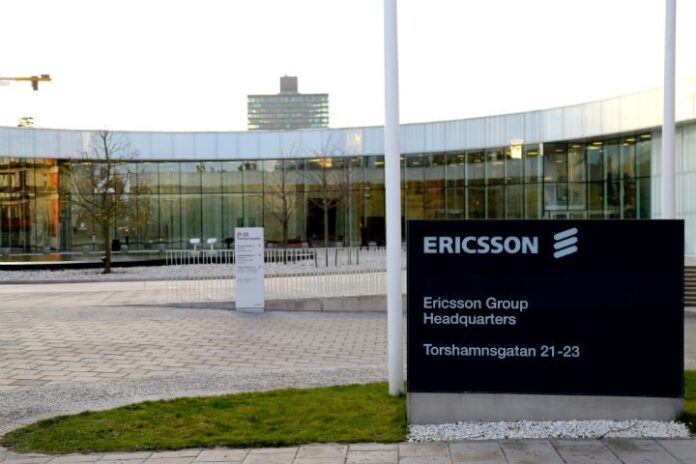The companies work to launch a joint 5G testbed; test virtual slices optimized for IoT, virtual/augmented reality and other next-gen services
South Korean mobile operator SK Telecom and Swedish vendor Ericsson have successfully demonstrated “5G” network slicing technology.
Through the demonstration held at SK Telecom’s corporate research and development center located in Bundang, South Korea, the companies have succeeded in creating different virtual network slices optimized for super multiview and Augmented Reality/Virtual Reality services; massive “Internet of Things” services; and enterprise solutions.
With 5G network slicing, a single physical network can be partitioned into multiple virtual mobile networks to offer optimal support for different types of services.
This demonstration of 5G network slicing technology marks the first milestone since SK Telecom and Ericsson announced a memorandum of understanding in July focused on the development of a 5G core network with network slicing technology. As part of this collaboration effort, the companies are jointly working on building the world’s first HDS-based cloud datacenter for 5G early next year.
The companies also are currently preparing to launch a joint 5G testbed at SK Telecom’s corporate R&D center to set up a state-of-the-art end-to-end 5G system.
“Network slicing is one of the key enabling technologies for SK Telecom’s all-IT based 5G architecture, and the successful demonstration of network slicing technology is a significant step forward to achieve the world’s first deployment of the 5G network system,” SK Telecom CTO Alex Jinsung Choi said.
SK Telecom plans to launch a pre-5G trial in 2018 and a commercial 5G service in 2020. The Telco initially launched LTE in the South Korean market in July 2011.
SK Telecom aims to deploy 5,000 additional base stations by the end of 2015 in support of the firm’s tri-band carrier aggregation service, Yoon Yong-chul, the company’s EVP for public relations, recently told RCR Wireless News. The “tri-band CA” service was commercially launched at the end of last year and offers data speeds of up to 300 megabits per second by aggregating three-component carriers in three different frequency bands: 20 megahertz of spectrum in the 1.8 GHz band, 10 megahertz in the 800 MHz band and 10 megahertz in the 2.1 GHz band.
China Mobile adds over 157M 4G subs so far this year
In other APAC news, China’s largest mobile telephony operator, China Mobile, ended the third quarter of 2015 with a total of 247 million 4G LTE subscribers, up from 189.7 million at the end of June. The telco added over 157 million 4G subscribers in the first nine months of 2015. In September alone, the telco added over 18 million 4G customers to its base.
The operator said 4G technology currently accounts for approximately 30% of its overall subscriber base. “Driven by the rapid growth of 4G customers and the sound development of 4G services, the group’s data traffic operation continued to experience rapid development,” China Mobile said in a statement.
In the 3G segment, China Mobile ended September with 195.3 million subscribers, down compared to 214 million the previous quarter.
China Mobile ended Q3 with 822.9 million mobile subscribers, up compared with 817.2 million at the end of June, by which time, the telco had deployed 940,000 4G base stations across China.

